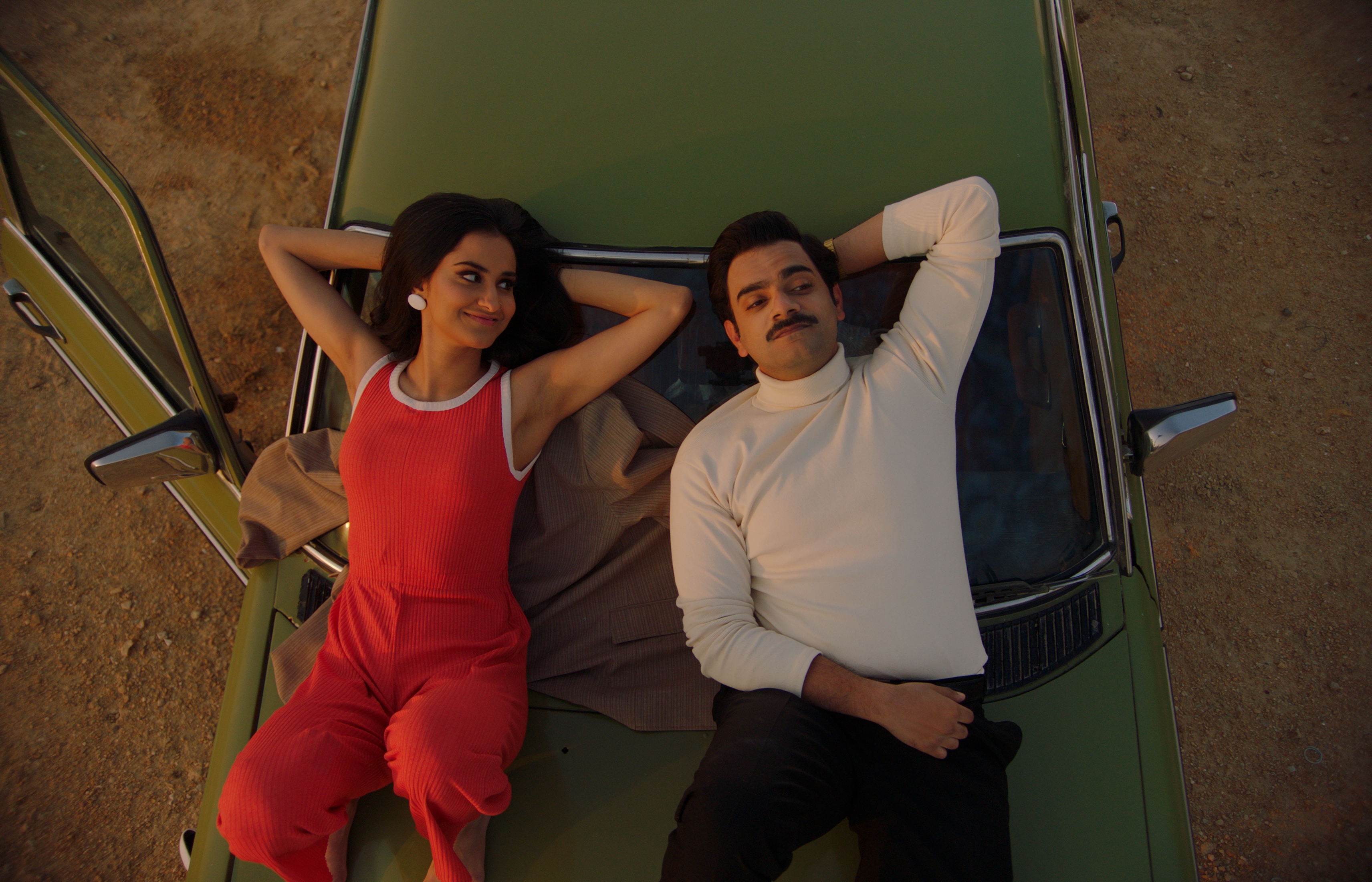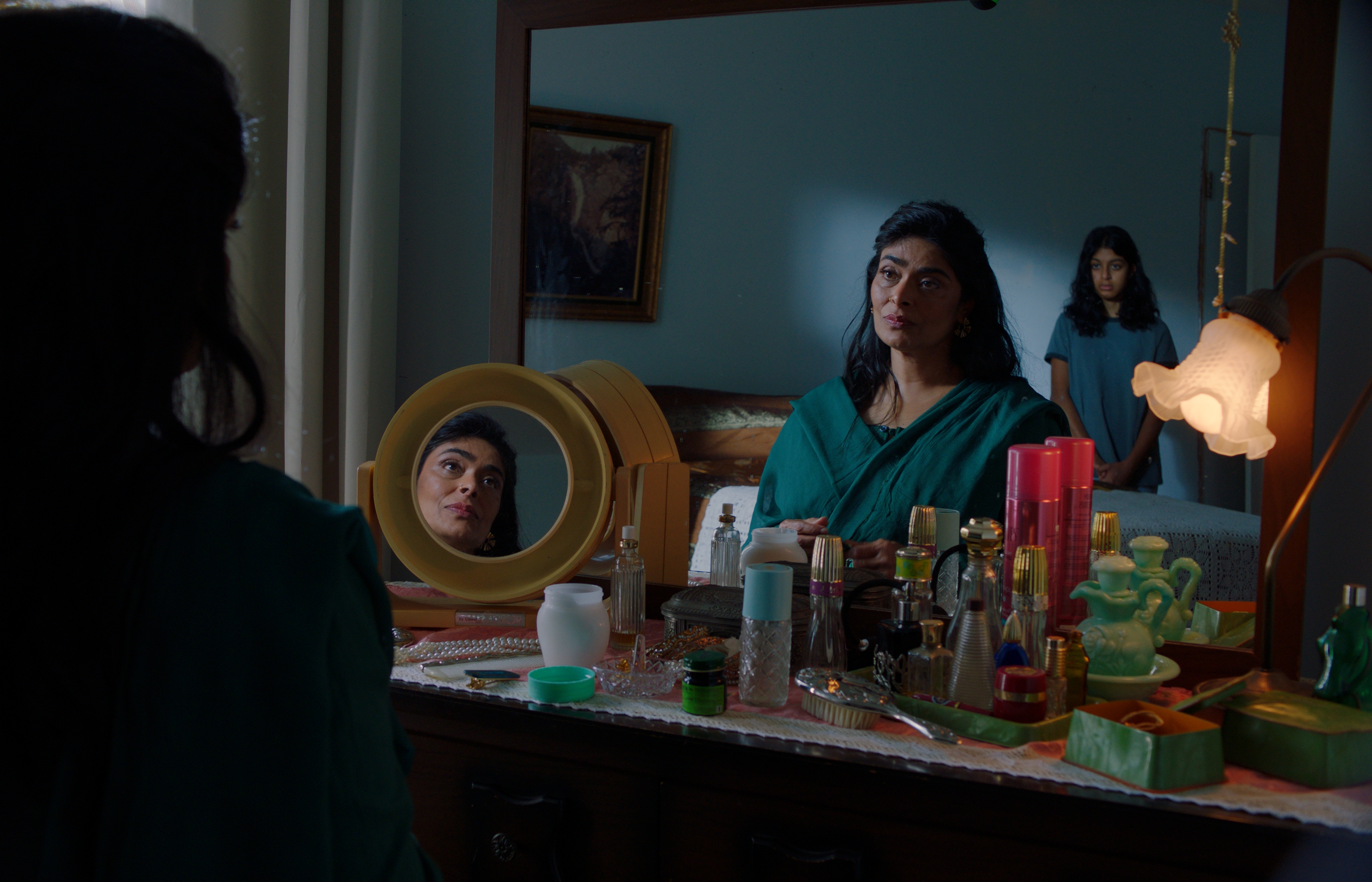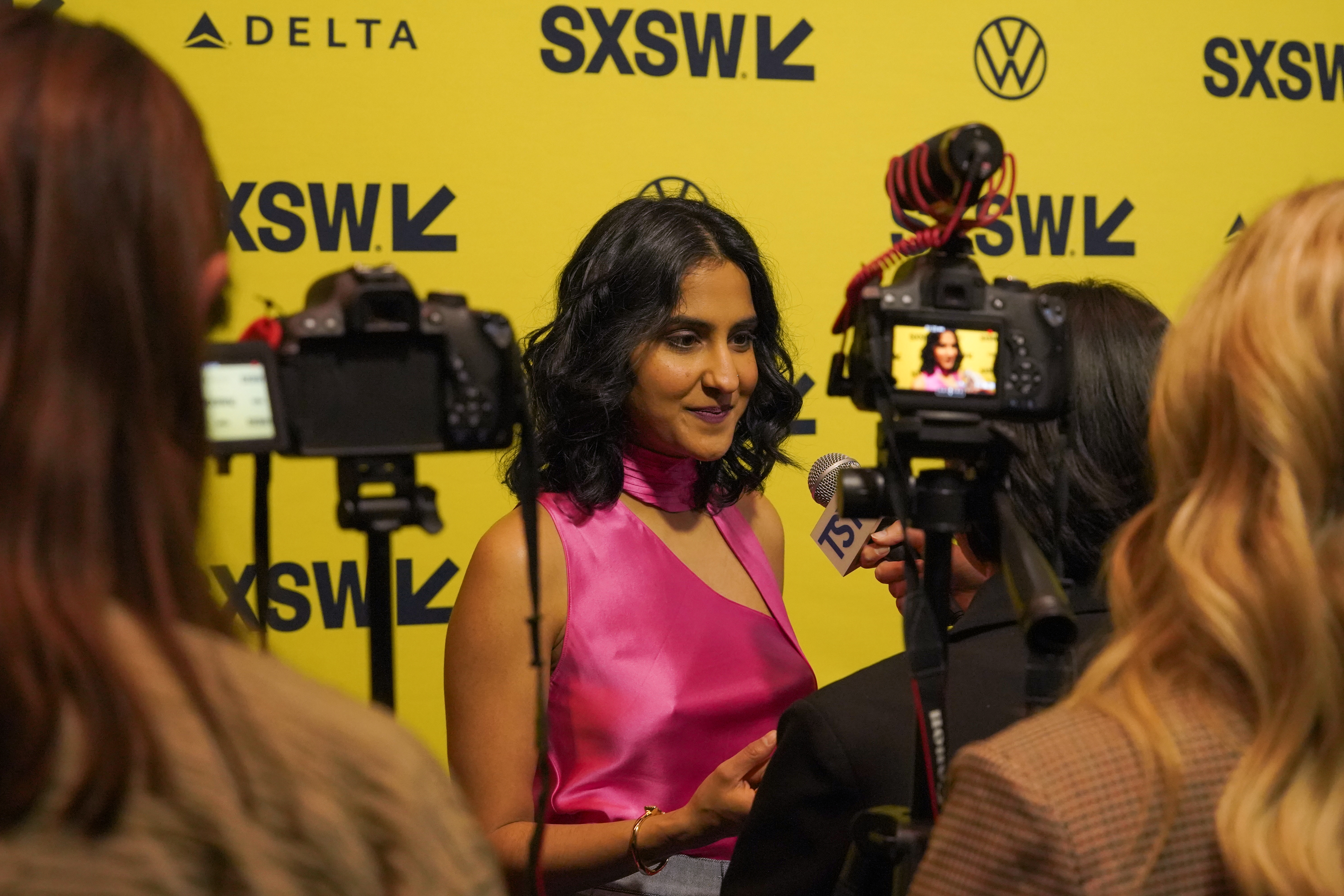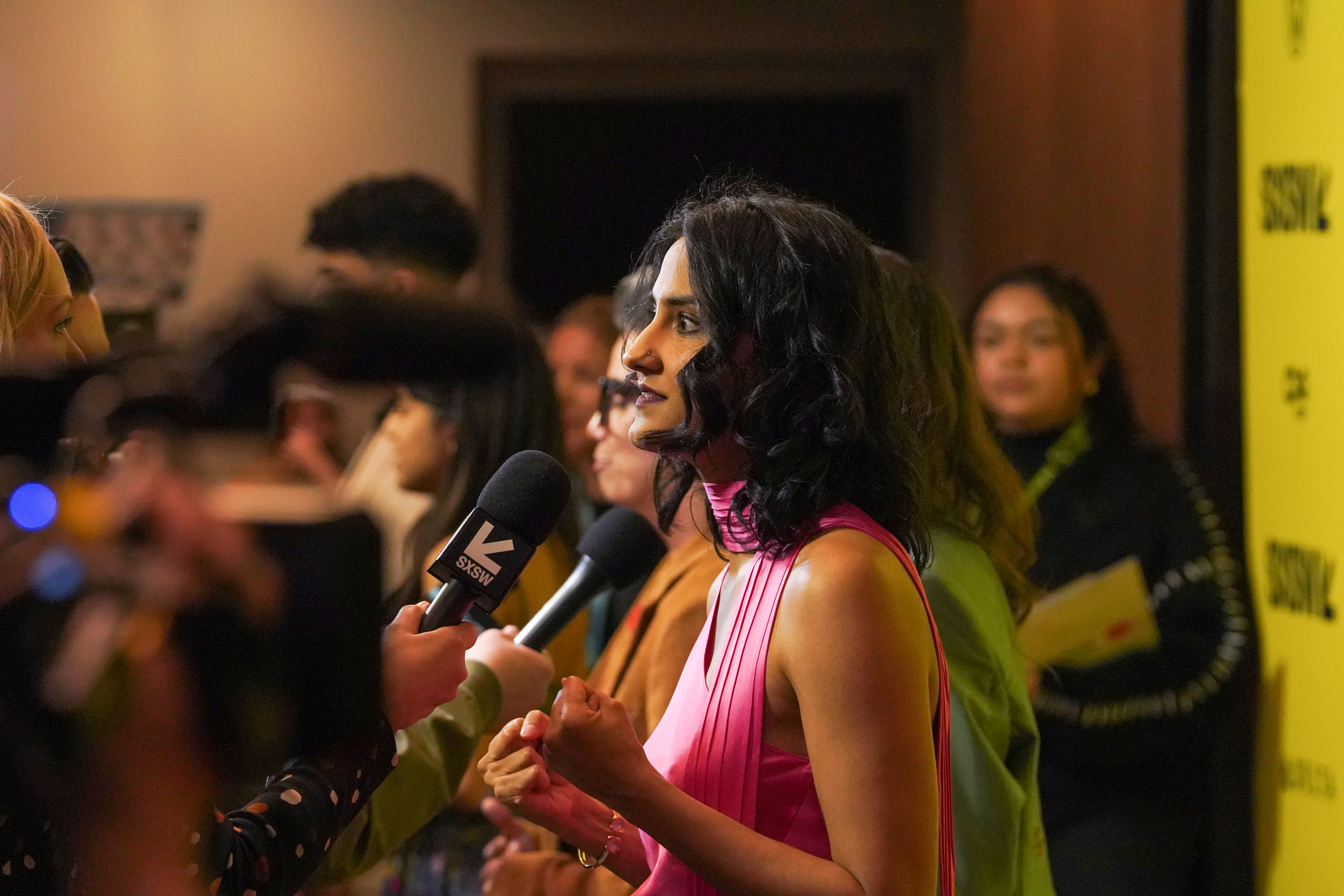
It’s sometimes hard to remember that your parents had lives before you were born. Shocking, yes — especially when the relationship is fraught with cultural and generational differences. In Fawzia Mirza’s “The Queen of My Dreams,” no one knows this reality better than Toronto-based grad student Azra (Amrit Kaur), whose strained relationship with her religious mother, Mariam (Nimra Bucha), comes to a front when her father (Hamza Haq) dies while on a trip back to Pakistan. The film shines a light on both of the women’s grief, as well as the days of Mariam’s youth (who is also played by Kaur) and Azra’s own childhood in rural Canada.
The feature, which started off as a short film directed by Mirza, made its United States premiere at this year’s South by Southwest Film Festival. Mirza and Amrit gave Character Media an in-depth look into the project.

Character Media: “The Queen of My Dreams” has gone through multiple iterations throughout the years, originating as a short film, then becoming a play and now a feature-length movie. What were some of the most significant changes, and what core message did you want to convey through each adaptation?
Fawzia Mirza: That’s a hefty question. The short, the one-person show and now the full-length feature [are all] threaded with themes of self-love and understanding how we become who we are. And I think [there’s] a lot of compassion — compassion for self and also for those who came before us. In terms of how true the feature is, I think it’s all rooted in my POV, [but] it’s a fantasy. I’m inspired by fantasy, romance and what could be. I want to manifest a future that’s better for all of us than what we have going on right now.

CM: The film uses some stories from Fawzia’s own life and their relationship with their mother. Amrit, what were some things you discussed or tools you used to help you portray both Azra and young Miriam?
Amrit Kaur: There’s a lot of preparation that went into both parts. … [Fawzia and I] sat down and broke through each character’s intentions and whatnot. But in my own process, I specifically worked on embodiment exercise and animal exercise. To get the masculine energy of Azra, I did an embodiment of morphing my body into somebody that I know in my life who represents Azra. And then [for] Mariam, I did the animal work of a horse, making sure I had the elegance [of a horse] and the sort of forward energy that Mariam has. That was all phenomenal.

CM: How does it feel to see important API stories like “The Queen of My Dreams” premiere at SXSW, one of the biggest film festivals in the country?
AK: Whenever there are functions for “Queen of My Dreams,” I always appreciate [the] Pakistani cast and crew that come and [how] creating art gives opportunity to people who dream of coming to America; one of the castmates, her name is Zara Usman (Rani), who’s a transgender woman, had the opportunity to come to America for the first time [for SXSW]. And that’s so moving; that’s one of the most significant things for me. There’s a plethora of people that I could name that had the opportunity to go to Toronto International Film Festival (TIFF) for the first time, to go to Canada, to live their dreams in a way that often isn’t possible. So, to be a part of that bigger vision of giving opportunities to Pakistani men and women internationally, that is very exciting to me.


FM: You dream of making a movie, and you dream of telling a story that has impact. The fact that this is resonating with audiences, both in the Asian community but also outside of the Asian community, within the queer community and outside of the queer community, within the Muslim community but also outside of the Muslim community — it’s really moving.
There is such a great representation of voices and collaborators who came together to make this film. I think [one of] the things about this film that I love is [that] I’m inspired by multiple different styles of filmmaking. The film you can see visually is inspired by many different styles through the visual aesthetic.
The people who came together to make this movie are not just one thing; it was truly made by this international group of people. They say it takes a village — in our case, it took two villages and two countries to do it.
The center of the story is the [two] roles Amrit plays. She’s so good at them, and I think all that intention she puts into them tugs at the heartstrings and reflects what it means to be an Asian American daughter and mother. I think we, as Asians, feel so deeply about our mothers and our ancestry.






